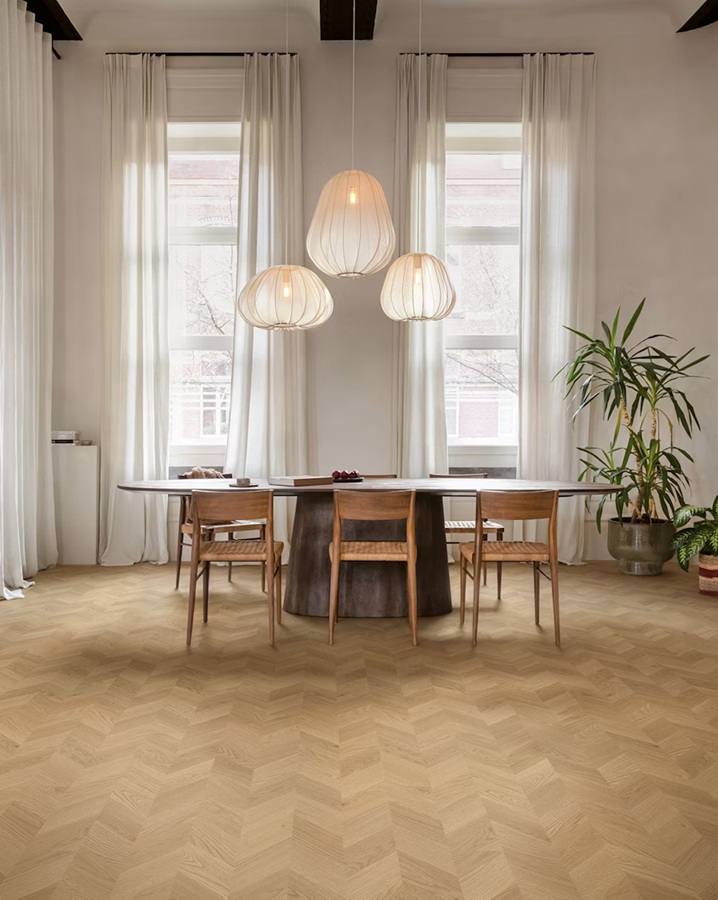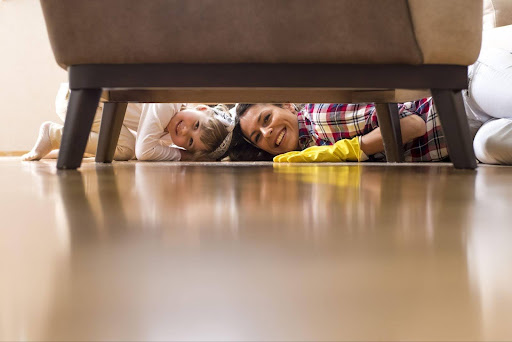Beyond mere aesthetics, well-maintained floors form the literal foundation of a healthy, comfortable home. Proper floor care directly influences your indoor air quality, family safety, and protects what is often a significant household investment. Whether you’re walking on hardwood, tile, or plush carpet, understanding the specific needs of your flooring ensures it remains both beautiful and functional for years—even decades—to come. Here’s come the A Comprehensive Guide to Maintaining Healthy Indoor Floors for Every Home!
Understanding Different Types of Flooring and Their Unique Needs
Each flooring material brings its own personality and maintenance requirements to your home. Hardwood floors offer timeless warmth and character but remain vulnerable to moisture damage and scratching. Ceramic and porcelain tiles provide exceptional durability in wet areas but may require periodic grout attention. Laminate and vinyl strike a balance between affordability and water resistance, while carpets need regular deep cleaning to extract embedded allergens. Natural stone floors such as marble or granite make a stunning statement but demand specialized care to prevent etching and staining from acidic substances.
The Science of Floor Hygiene: Why Regular Cleaning Matters
Your floors silently accumulate a surprising amount of dust, allergens, and microbes throughout each day. Environmental health research has found that indoor floors harbor everything from pet dander to outdoor pollutants tracked in on shoes, significantly impacting the air you breathe inside your home. Regular cleaning isn’t just about appearances—it prevents the buildup of these particles that can trigger allergies and respiratory problems. Moreover, prompt cleaning removes the tiny grit and debris that, when left underfoot, create microscopic scratches that gradually degrade even the most durable floor surfaces.
Essential Floor Maintenance Routines for Every Home
Consistency is the secret to floor longevity. High-traffic areas benefit from daily sweeping or vacuuming to remove the abrasive particles that act like sandpaper underfoot. Weekly deeper cleaning—whether damp mopping hard surfaces or thorough vacuuming for carpets—removes accumulated debris before it becomes embedded. Seasonal maintenance, such as polishing hardwood or steam-cleaning carpets, addresses the long-term care needs that keep floors looking their best.

One family with young children and an active dog found remarkable success by establishing “shoe-free” zones and keeping microfiber dust mops in key areas for quick touch-ups—simple changes that dramatically reduced both floor wear and their overall maintenance time.
Choosing the Right Tools and Products for Effective Floor Care
The tools and products you select can make the difference between mediocre results and truly effective floor maintenance. Microfiber mops capture dust and debris without scratching delicate surfaces, while HEPA-filtered vacuums trap fine particles that conventional cleaners might recirculate into your air. For optimal care, select specialized floor cleaners formulated specifically for your flooring material—using the wrong product risks damage or stubborn residue. Always verify compatibility with your specific floor type before applying any cleaning solution across your entire space.
Preventing and Addressing Common Floor Problems
Most common floor issues can be prevented through thoughtful, proactive care. For scratches on hardwood or laminate, appropriate touch-up kits can minimize their visibility. Floor dullness often responds well to proper polishing or refinishing techniques. Stains require prompt, material-specific treatment—oil-based stains on natural stone may need poultice applications, while carpet stains fare better with gentle blotting rather than aggressive rubbing. To prevent warping in wood floors, maintain indoor humidity levels between 35-55% throughout the changing seasons.
Sustainable and Safe Floor Care Practices
Eco-friendly floor maintenance doesn’t mean compromising on cleanliness. Simple solutions like diluted vinegar and water effectively clean many hard surfaces without harsh chemicals. Baking soda works as a gentle abrasive for stubborn spots on resilient flooring without scratching. Households with young children, pets, or allergy sufferers particularly benefit from reducing chemical cleaners, instead focusing on frequent vacuuming and periodic steam cleaning where appropriate for the flooring material.
Enhancing Floor Longevity: Proactive Tips and Best Practices
The strategic placement of quality entrance mats can capture up to 80% of outdoor debris before it ever reaches your interior floors. Protective furniture pads prevent indentations and scratches, while thoughtfully placed area rugs shield high-traffic pathways. As one veteran flooring installer with 30 years of experience observed: “The clients whose floors still look nearly new after a decade aren’t necessarily using expensive products—they’re simply consistent with basic maintenance and address spills immediately instead of letting them sit.”
Maintaining Floors for a Healthier Home
Thoughtful, informed floor care creates the foundation for a cleaner, healthier living environment. By understanding the specific needs of your flooring and implementing appropriate maintenance routines, you protect both your investment and your family’s wellbeing. The time invested in proper floor care pays dividends through extended floor life, enhanced home appearance, and improved indoor air quality that benefits everyone who walks through your door.
See More As:
- How do Women’s Clothing Sizes Work? A Complete Guide
- Affordable & Best Skincare Routine for Your Skin Type! That Works
Check Related Fashion & Style

